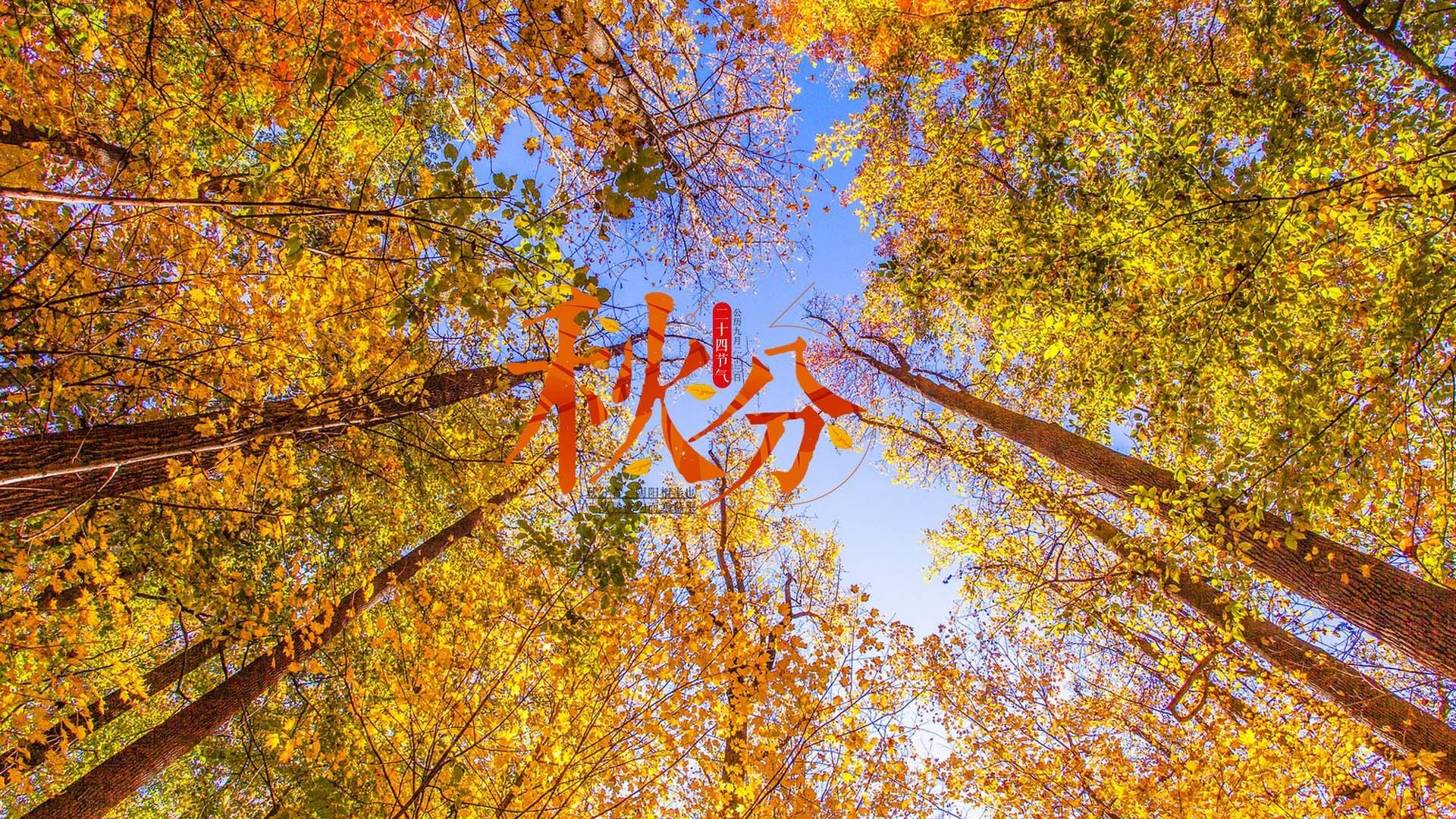Overview
Chinese Name: 秋分
English Name: Qiufen; Autumn Equinox; the 16th of the 24 Solar Terms
Date: September 22 or 23
Sun Position: Celestial Longitude of 180°

Brief Introduction
Qiufen 秋分 is the 16th of the 24 Solar Terms二十四节气. It begins when the Sun reaches the celestial longitude of 180° and ends when it reaches the longitude of 195°. It more often refers in particular to the day when the Sun is exactly at the celestial longitude of 180°.
As it is said in the ancient book, The Detailed Records of the Spring and Autumn Period春秋时期 (770-476BC), “It is on Autumn Equinox day that the Yin and yang阴阳 are in a balance of power. Thus the day and night are of equal length, and so is the cold and hot weather.”

By Autumn Equinox, most of the areas in China have entered the cool autumn. When the cold air heading south meets the declining warm and wet air, precipitation is the result. The temperature also drops frequently. In this season, crab is delicious. It helps nourish the marrow and clear heat inside the body.
Climatic Change
According to the lunar calendar阴历, “Liqiu” is the beginning of autumn, and it is the end of autumn when “Shuangjiang霜降” came. From the Qiufen, the climate has two main characteristics. First, the position of direct sunlight continues to move from the equator to the southern hemisphere, and the phenomenon of short days and long nights in the northern hemisphere will become more and more obvious. Second, the temperature difference between day and night gradually increases. In the Southern Hemisphere, the opposite is true. After the autumnal equinox, the position of direct sunlight moves to the south, and the days in the northern hemisphere become shorter and the nights are longer, and temperatures generally tend to drop across China

During the Qiufen, Yangtze长江 River Basin and the vast areas to the north have entered the autumn divided by “climate average temperature” successively, and the daily average temperature has dropped below 22°C. After the autumnal equinox, the position of the direct sunlight moves to the southern hemisphere, and the northern hemisphere receives less and less solar radiation, while more heat is lost from the ground, and the temperature decreases significantly faster.
Health tips in Qiufen
After the Qiufen, gusts of autumn wind hit, causing the temperature to drop gradually and the cold to become heavier, so pay attention to keeping warm. In terms of diet, drink more water and eat foods that are good for nourishing the lungs, such as sesame, walnuts, honey, pears, etc. In autumn, chrysanthemum crab fat is the best time for people to taste crabs. However, Chinese medicine believes that crab is a cold food, and it is not suitable to eat more, especially for some people with a cold body.
Folk-Custom Activity
Eating Qiucai 吃秋菜
In South China, there is a custom popularly known as “having Qiucai (an autumn vegetable) on the Autumn Equinox day”. Qiucai is a kind of wild amaranth. Every Autumn Equinox day, all the villagers go to pick Qiucai in the wild. Qiucai is verdant in the field, thin, and about 20 cm in length. Qiucai is taken back and made into soup with fish, called “Qiutang” (autumn soup). There is a verse about the soup: “Drink the soup to clear the liver and intestines, thus the whole family will be safe and healthy”.

Appreciation of Osmanthus 欣赏桂花
The Qiufen is the time to smell the fragrance of osmanthus. At this time, it is hot during the day and cool at night in South China, so people have to wear a single layer when it is hot, and lined clothing when it is cool.

Standing eggs on end 立鸡蛋
On Autumn Equinox day, thousands of people around the world try to make eggs stand on end. This Chinese custom has become the world’s game. According to experts, on the Spring Equinox and Autumn Equinox, the day and night are of equal time both in the southern and northern hemispheres. The earth’s axis, on its 66.5 degree tilt, is in a relative balance of power with the earth’s orbit around the sun. Thus it is a very conducive time for standing eggs on end.

But some also say that standing the egg has nothing to do with the time. The most important thing is to shift the egg’s centre of gravity to the lowest part of the egg. In this way, the trick is holding the egg until the yolk sinks as much as possible. For this, you’re better off choosing an egg that’s about 4 or 5 days old, whose yolk is inclined to sink down.
Qiufen (秋分)
Recommend for you: